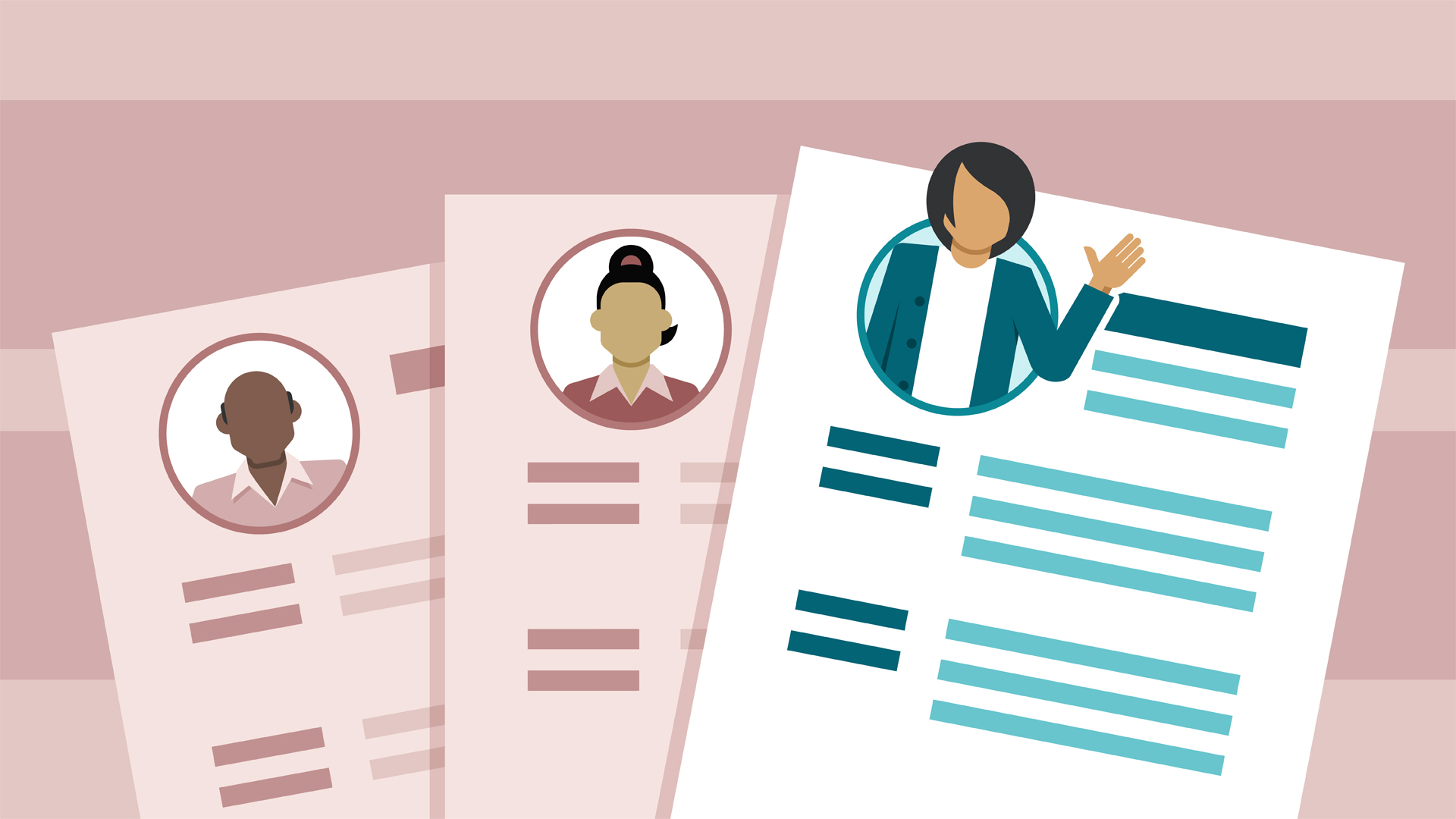There is a weapon available to every candidate who takes an interview. A weapon that can help you earn the recruiter’s trust and interest, convincing him that you have specific characteristics and that you are an excellent candidate. In this article, I will talk about how much power is hidden in the ability to “make the invisible visible”.
The recruiter’s trust is everything
Let’s start by saying that many people feel confident and capable, and that makes them strong. But when they begin to “sell” themselves, that is, they have to present and enhance personal qualities and skills, they stiffen to the point of distorting and showing themselves less or worse than they actually are.
Imagining that you are the person talking to the recruiter and falling into this spiral, the problem you face is that from that precise moment – like a chemical reaction – in front of your “greyness” the listener totally loses faith and interest in you.
Winning or regaining trust
But we know that that trust can be restored. This happens when the listener feels a sense of familiarity with the story you tell and that sees you as the protagonist. For no apparent reason, break through him.
This principle is based on the psychological theory of “familiarity bias”, which explains how people “succumb” more easily to what is most familiar to them. In everyday life, advertising storytelling practices draw on this same principle: they build a sense of familiarity with the listener to create a particular bond through which to convey information, emotions, and feelings.
The secret weapon: the details
You can create a particular bond with the recruiter through the power of detail, that is by communicating information capable of giving a measure or weight to what you say. The power of detail has the power to make the recruiter capitulate and lead him to believe in what you communicate, and to value it.
Take, for example, the job interview supported by David, a Supply Chain Manager. Rather than just telling stereotyped things like “I dealt with the integrated management of logistics processes”, or “I supervised the handling and storage of goods”, he should instead begin to describe the characteristics of the products handled by the company, the number of locations operational under his responsibility and the size of the plant where he started to work, the size of the team he managed, the organizational solutions he proposed and the year in which he did so, in addition to the time and actions he is required for their implementation.
In doing so, the listener can literally visualize the environment in which he worked, observe the confidence and mastery with which he talks about his work, can be convinced of the goodness of his statements, of the professionalism he can express.

Prepare for the interview
What you need to do to get the most out of your next interview is to think about some of your main qualities/abilities. Without overdoing it: think about the first three, the ones that really represent you and that you have confirmed in the course of previous experiences.
Start describing them with all the concreteness you are capable of, dimensional using numerous details, and be prepared to talk about these characteristics in the same way in your next interview.
The power of detail on LinkedIn and the Curriculum Vitae
The same strategy can be implemented within the LinkedIn profile, in the section usually called “summary”, in the curriculum vitae, and in the cover letter.
Numerous researches show how the experiences presented and accompanied by an energetic and rich description, restore strength and energy to those who tell them.
The fascinating thing about this “invisible force” is that you don’t have to throw your opinions in someone’s face (for example, “I have a strong problem-solving attitude”) to “sell” yourself, but that is precisely by transmitting images, details, that others are convinced that you have those specific characteristics, and you are a great candidate.
And this is a very worthwhile position to be in!



There are no comments